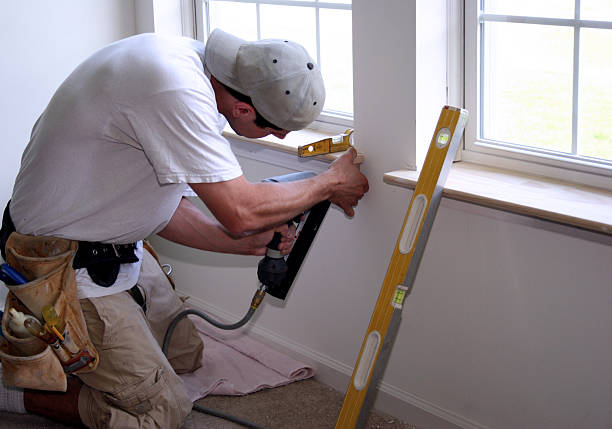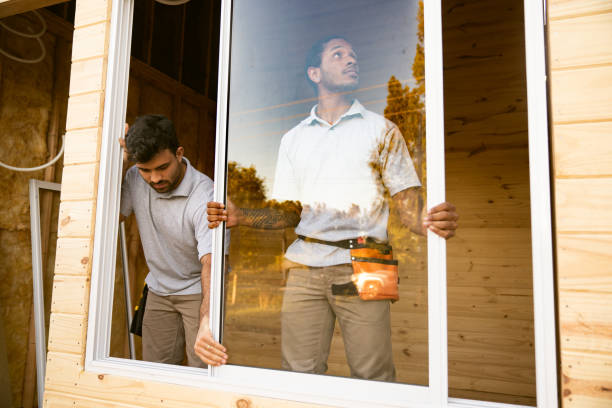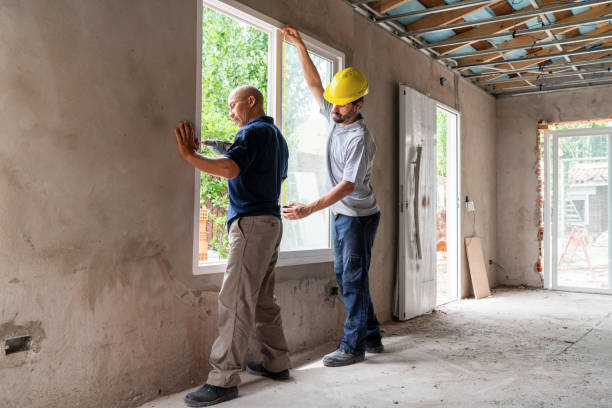Call Now
+18334532813

Planning a window replacement in the Roaring Spring, PA area? Choosing the right window material is crucial for performance, appearance, maintenance, and budget. Fortress Exteriors offers expert installation of various window types, including popular vinyl, classic wood, and durable fiberglass options. Each material has unique advantages. Our local Roaring Spring, PA experts can help you compare pros and cons based on your home's style, climate needs, and long-term goals. Make an informed decision for lasting value and satisfaction with Fortress Exteriors.
Get expert advice on window materials in Roaring Spring, PA. Call Fortress Exteriors for a free consultation!


Fortress Exteriors provides comprehensive window solutions locally:
Selecting the best window frame material involves balancing aesthetics, performance, maintenance, and cost. Here’s a comparison to help Roaring Spring, PA homeowners decide:

Make the right choice for your window replacement project in the Roaring Spring, PA area. Fortress Exteriors offers expert guidance on materials and provides professional installation of vinyl, wood, and fiberglass windows.
Call today for your free consultation and estimate!
Fortress Exteriors helped us compare vinyl and fiberglass windows for our Roaring Spring, PA home. Their consultant was knowledgeable, not pushy. We chose fiberglass and the installation was flawless. Great company!
We wanted wood windows to match our older home's style. Fortress Exteriors sourced beautiful, high-quality wood windows and installed them perfectly. They look amazing and maintain the character.
Replaced our old drafty windows with new vinyl ones from Fortress Exteriors. The difference in comfort and noise reduction is huge! Excellent value and professional installation in Roaring Spring, PA.
Roaring Spring was established around the Big Spring in Morrison's Cove, a clean and dependable water source vital to the operation of a paper mill. Prior to 1866, when the first paper mill was built, Roaring Spring had been a grist mill hamlet with a country store at the intersection of two rural roads that lead to the mill near the spring. A grist mill, powered by the spring water, had operated at that location since at least the 1760s. After 1867, as the paper mill expanded, surrounding tracts of land were acquired to accommodate housing development for new workers. The formalization of a town plan, however, never occurred. As a result, the seemingly random street pattern of the historic district is the product of hilly topography, a small network of pre-existing country roads that converged near the Big Spring, and the property lines of adjacent tracts that were acquired through the years for community expansion. The arterial streets of the district are now East Main, West Main, Spang and Bloomfield, each of which leads out of the borough to surrounding townships. Two of these streets — Spang and East Main — meet with Church Street at the district's main intersection called "Five Points." The boundaries of the district essentially include those portions of Roaring Spring Borough which had been laid out for development by the early 1920s. This area encompasses 233 acres (0.94 km2) or 55 percent of the borough's area of 421 acres (1.70 km2). Since the district's period of significance extends to 1944, most of those buildings erected after the 1920s were built as infill within the areas already subdivided by the 1920s. In the early 1960s, the borough began to annex sections of adjacent Taylor Township, especially to the east around the then new Rt. 36 Bypass.
Zip Codes in Roaring Spring, PA that we also serve: 16673
©